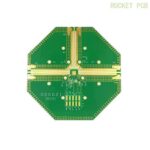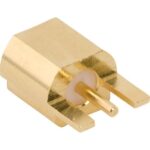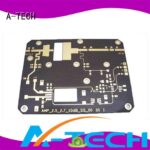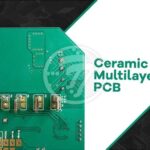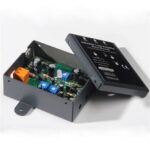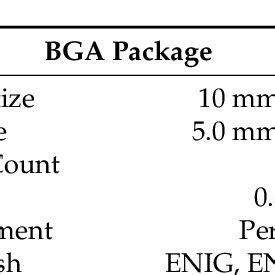
ALL ABOUT FLEX PCB
-
 Read more: ENEPIG vs. ENIG: Which is the Better Surface Finish?
Read more: ENEPIG vs. ENIG: Which is the Better Surface Finish?What is ENEPIG? ENEPIG, short for Electroless Nickel Electroless Palladium Immersion Gold, is a multi-layer surface finish that consists of three distinct layers: Electroless Nickel (Ni): This layer acts as a barrier between the copper substrate and the subsequent layers, providing excellent corrosion resistance and a uniform surface for the […]
-
Types of Electrical Test for PCB
Posted by
–
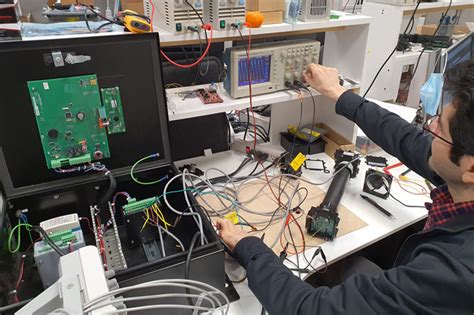 Read more: Types of Electrical Test for PCB
Read more: Types of Electrical Test for PCBIntroduction to PCB Electrical Tests Printed Circuit Boards (PCBs) are essential components in modern electronic devices. To ensure their reliability and performance, various electrical tests are conducted during the manufacturing process. These tests help identify defects, verify functionality, and ensure compliance with industry standards. In this article, we will explore […]
-
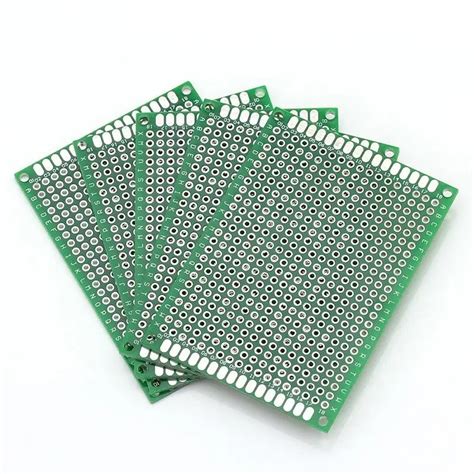 Read more: A Guide of Moving from Breadboard PCB Prototypes to Full Product
Read more: A Guide of Moving from Breadboard PCB Prototypes to Full ProductFinalize and Test Your Breadboard Prototype Before starting the process of creating a PCB version of your project, make sure your breadboard prototype is fully complete, tested, and working as intended. Iron out any remaining bugs and validate that it meets all of your design requirements and specifications. Key Points […]
-
PCB Connector Types – What You Need To Know
Posted by
–
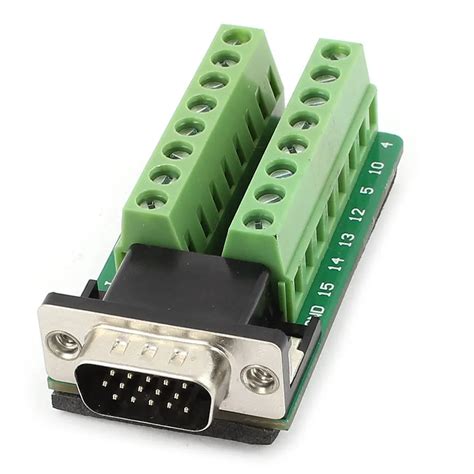 Read more: PCB Connector Types – What You Need To Know
Read more: PCB Connector Types – What You Need To KnowTypes of PCB Connectors 1. Header Connectors Header connectors, also known as pin headers or board-to-board connectors, are commonly used for connecting PCBs to other PCBs or to ribbon cables. They consist of a row of male pins that mate with corresponding female sockets. Characteristics of Header Connectors Available in […]
-
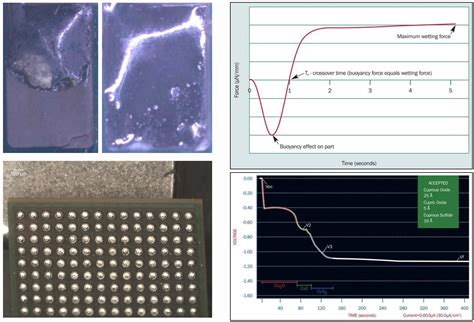 Read more: Solderability Test: Understanding PCB Solderability Testing
Read more: Solderability Test: Understanding PCB Solderability TestingWhat is Solderability Testing? Solderability testing is a process used to evaluate the ability of electronic components and printed circuit boards (PCBs) to be soldered effectively. It assesses the wettability and adhesion properties of the surfaces to be soldered, ensuring reliable electrical connections and mechanical strength. Solderability testing is crucial […]
-
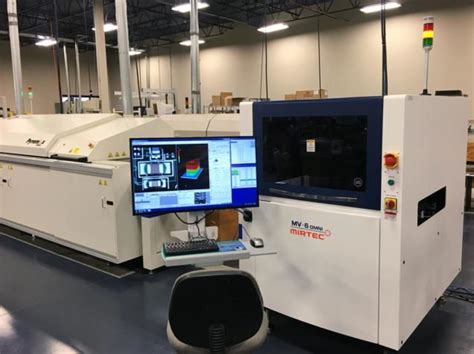 Read more: The Most Detailed Introduction AOI Inspection(Latest)
Read more: The Most Detailed Introduction AOI Inspection(Latest)What is AOI Inspection? AOI (Automated Optical Inspection) is a critical process in the manufacturing of printed circuit boards (PCBs) and other electronic components. It involves using specialized cameras and image processing software to automatically inspect the quality of manufactured products for defects, such as missing components, incorrect component placement, […]
-
When should I choose 2 layer PCB or 4 layer PCB
Posted by
–
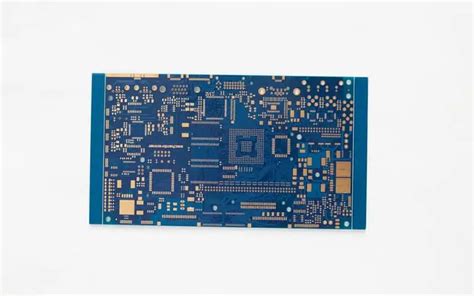 Read more: When should I choose 2 layer PCB or 4 layer PCB
Read more: When should I choose 2 layer PCB or 4 layer PCBUnderstanding PCB Layers Before diving into the comparison between 2 layer and 4 layer PCBs, let’s first understand what PCB layers are and their significance. What are PCB Layers? PCB layers refer to the number of conductive copper layers within a PCB. These layers are used to route electrical signals […]
-
What is the PCB incoming inspection process?
Posted by
–
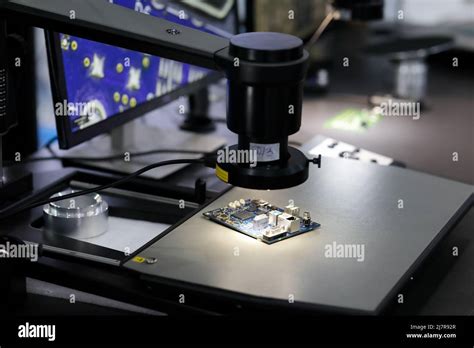 Read more: What is the PCB incoming inspection process?
Read more: What is the PCB incoming inspection process?Introduction to PCB inspection Printed Circuit Board (PCB) inspection is a crucial step in ensuring the quality and reliability of electronic products. The PCB incoming inspection process is designed to identify and eliminate defects, anomalies, and non-conformities in the PCBs before they are used in the manufacturing process. This comprehensive […]
-
PCB Manufacturer China vs US
Posted by
–
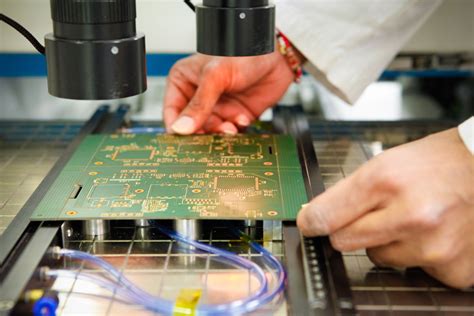 Read more: PCB Manufacturer China vs US
Read more: PCB Manufacturer China vs USIntroduction to PCB Manufacturing Printed Circuit Boards (PCBs) are essential components in modern electronic devices, from smartphones and computers to medical equipment and aerospace technology. PCB manufacturing is a complex process that involves designing, fabricating, and assembling electronic circuits on a non-conductive substrate. As the global demand for electronic devices […]
-
The Final Inspection of PCB Assembly
Posted by
–
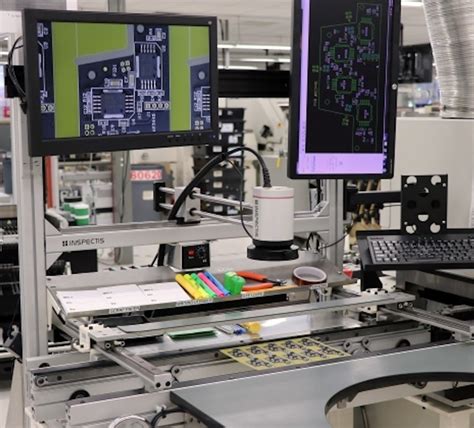 Read more: The Final Inspection of PCB Assembly
Read more: The Final Inspection of PCB AssemblyIntroduction to PCB inspection Printed Circuit Board (PCB) assembly is a complex process involving many steps, from component placement to soldering. To ensure the quality and reliability of the final product, a thorough inspection is crucial. This final inspection is the last line of defense against any defects or issues […]
